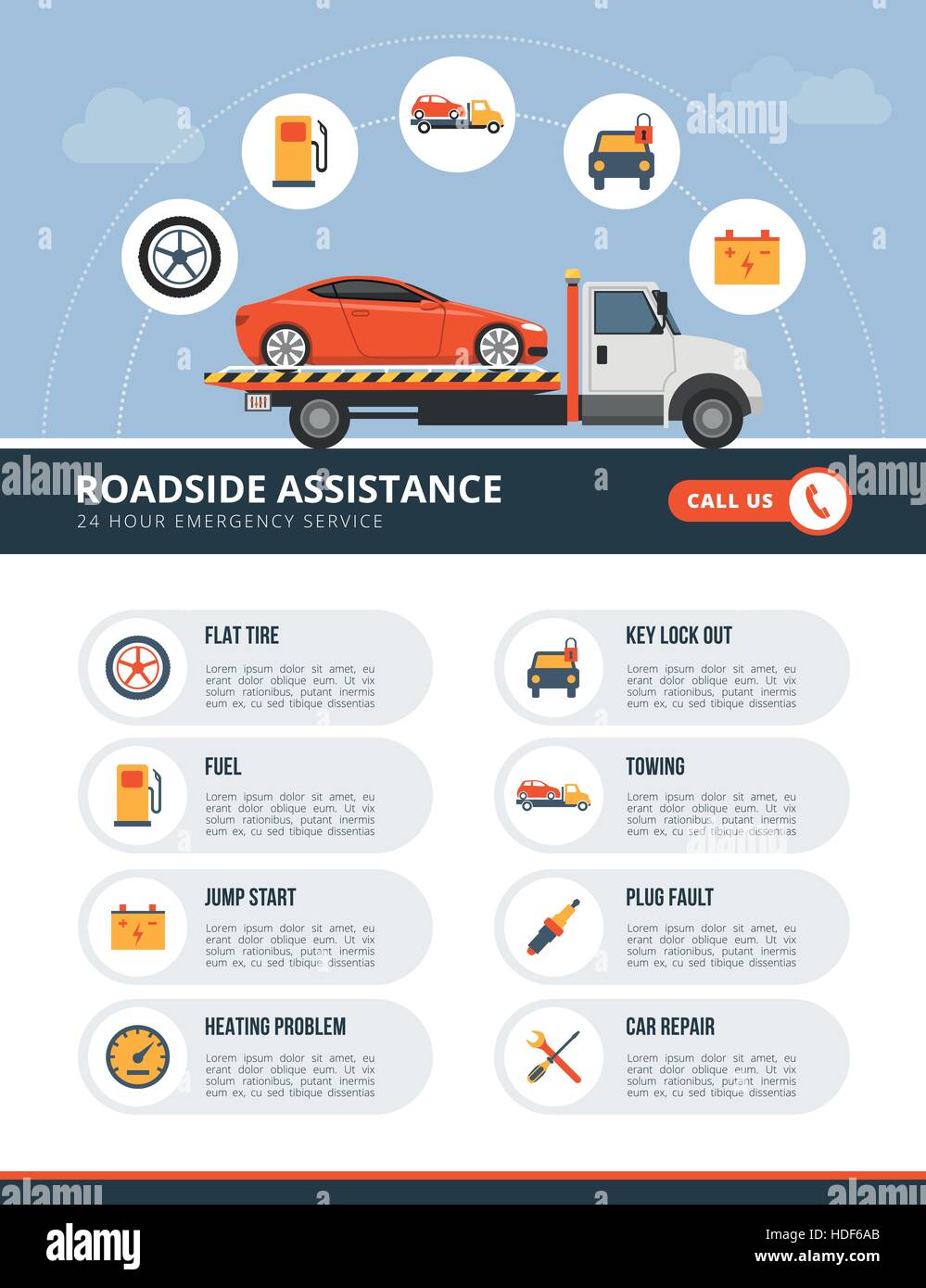When you're behind the wheel, those glowing caution lights on your control panel can be a bit bewildering. Do you know what they're attempting to tell you regarding your auto's health? Understanding visit my web site of these lights is essential for your safety and the longevity of your automobile. So, the following time among those lights appears, wouldn't you wish to decipher its message accurately and take the necessary actions to resolve it?
Common Caution Lights and Interpretations
Identify common warning lights in your auto and recognize their meanings to make certain secure driving.
One of the most common warning lights consist of the check engine light, which indicates issues with the engine or emissions system. If this light comes on, it's vital to have your automobile checked without delay.
The oil stress warning light shows reduced oil pressure, needing prompt interest to stop engine damage.
A blinking battery light may suggest a damaged billing system, potentially leaving you stranded if not attended to.
mobile diesel mechanic near me tracking system (TPMS) light signals you to reduced tire pressure, impacting vehicle stability and gas performance. Overlooking this could lead to risky driving problems.
The ABS light suggests a problem with the anti-lock braking system, jeopardizing your ability to stop promptly in emergencies.
Finally, the coolant temperature advising light warns of engine overheating, which can cause extreme damage if not resolved promptly.
Comprehending these typical warning lights will assist you resolve concerns immediately and preserve safe driving problems.
Value of Prompt Interest
Recognizing the usual warning lights in your automobile is just the very first step; the importance of immediately attending to these warnings can not be emphasized enough to ensure your safety and security when traveling.
When a caution light illuminates on your dashboard, it's your car's means of communicating a potential problem that needs focus. Ignoring these cautions can lead to more serious troubles in the future, compromising your safety and potentially costing you extra out of commission.
Trigger interest to warning lights can prevent break downs and accidents. For instance, a flashing check engine light might show a misfire that, if left unattended, can trigger damage to the catalytic converter. Addressing this promptly can save you from a pricey repair service.
In a similar way, a brake system advising light may signify reduced brake fluid or worn brake pads, critical components for your safety and security when driving.
DIY Troubleshooting Tips
If you notice a caution light on your dashboard, there are a few DIY troubleshooting tips you can attempt prior to seeking professional aid.
The first step is to consult your car's handbook to recognize what the particular warning light suggests. Often the problem can be as basic as a loosened gas cap triggering the check engine light. Tightening browse around this website may settle the issue.
One more usual issue is a low battery, which can trigger numerous advising lights. Inspecting the battery links for deterioration and ensuring they're protected may deal with the trouble.
If a warning light persists, you can attempt resetting it by detaching the cars and truck's battery for a couple of minutes and after that reconnecting it. Additionally, checking your car's fluid degrees, such as oil, coolant, and brake fluid, can help fix warning lights related to these systems.
Final thought
In conclusion, recognizing your vehicle's warning lights is essential for keeping your automobile running smoothly and safely. By quickly attending to these signals and understanding what they mean, you can stay clear of pricey fixings and possible failures.
Remember to consult your car's handbook for specific information on each cautioning light and take action accordingly to guarantee a hassle-free driving experience.
Remain informed, stay safe when driving!
